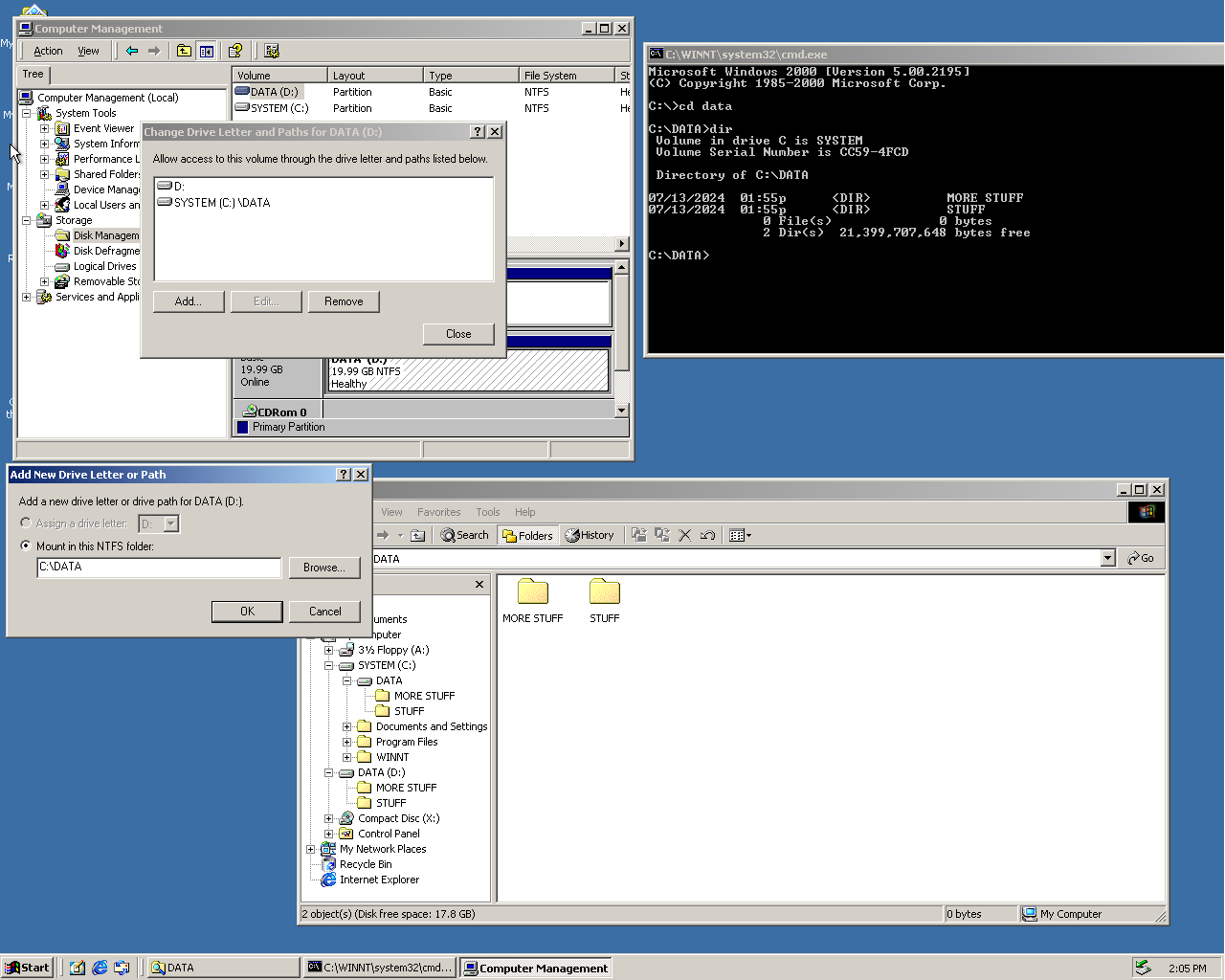

Sounds like it could be something like hardware video decoding messing up the state of your GPU, which then crashes plasma.
You could try to switch your video player to software decoding, and see if that makes the issue go away. It’s less efficient but a 3700x should be able to handle any video you throw at it.








deleted by creator